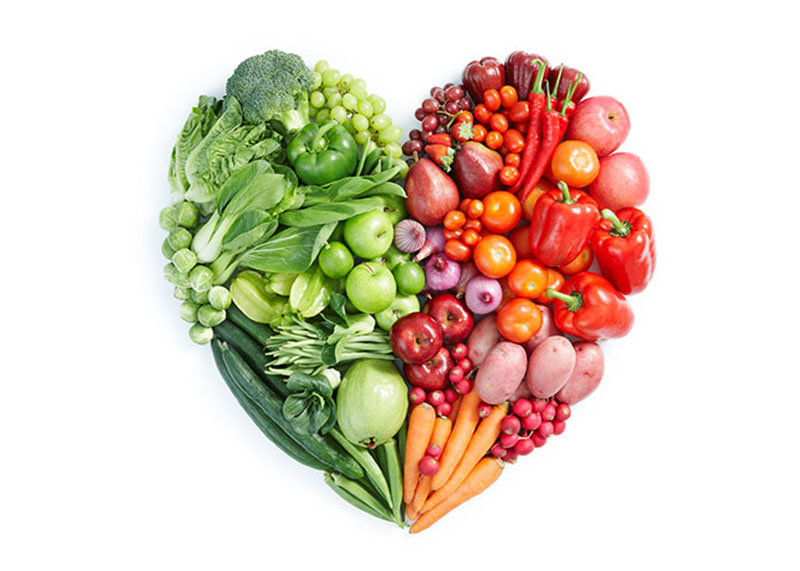
From the bitter bite of arugula to the crunchy carrot, vegetables are an abundance of flavors and textures. But sometimes it is challenging to try new foods outside our comfort zones. Most Americans don’t eat enough vegetables on a daily basis, or when they do, lack valuable veggie variety in their diet. The potato—whether baked, fried, or chipped—is the most commonly consumed vegetable in the U.S. Lettuce and tomatoes top that list, too.
This lack of variety means you may be missing out on this food group’s best feature: its nutritional content. Eating many types of vegetables can give your body the healthy boost it needs. Munch on dark greens like spinach for vitamin A and folic acid, a type of B vitamin. Or serve up some beans or peas to give your body a good dose of protein and fiber.
Eating more of and a larger variety of vegetables can lower your risk for many chronic diseases. These include high blood pressure, diabetes, heart disease, stroke, and even some types of cancer. Veggies can also help you stay at a healthy weight. How? They’ll fill you up with nutrients, rather than the fat and calories found in less healthy and more processed fare.
Tips for eating more
The amount of vegetables you need to eat depends on your age, sex, height, weight, and physical activity. It can also depend on whether you are pregnant or breastfeeding. Visit myplate.gov to find recommendations on the amount of vegetables you need.
Wondering what a cup of vegetables looks like? You can easily measure out 1 cup of beans or chopped-up veggies like zucchini. But visualizing that cup may be harder with whole vegetables. These portion sizes are equivalent to 1 cup:
- 3 broccoli spears, about 5 inches long
- 2 medium carrots or 12 baby carrots
- 1 large bell pepper
- 1 large baked sweet potato or 1 medium baked white potato
- 1 large ear of corn, about 8 inches long
- 2 large stalks of celery
To help you gobble up more of the nutritional goodness of veggies, try these tips:
- Savor the season. Fresh vegetables are cheaper and tastier when they are eaten during their normal growing and harvesting time.
- Don’t dismiss frozen or canned vegetables. But be sure to buy those with little or no added salt.
- Choose a different vegetable every time you go to the grocery store.
- Make veggies the star of your meal. A stir-fry or soup is a good way to feature many different vegetables.
- Place veggies in clear sight. Don’t bury them in a drawer in your refrigerator. You’ll be more likely to eat that cut-up broccoli, cucumber, or spinach if it’s front and center on a shelf.
Adapted from the Staywell Health Library. This information is not intended as a substitute for professional medical care. Always follow your healthcare professional’s instructions.

